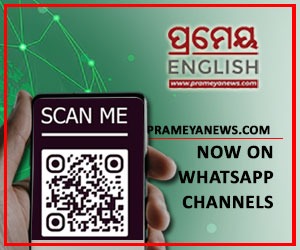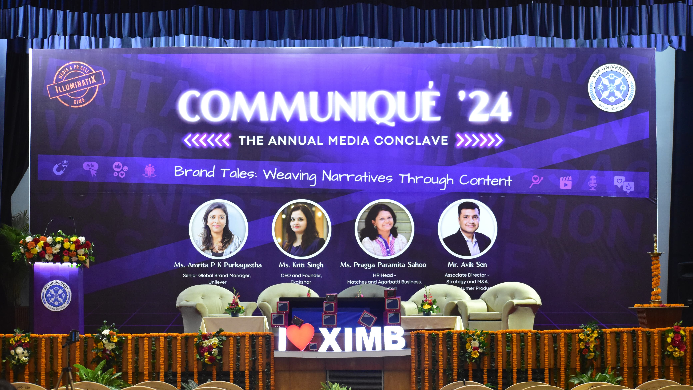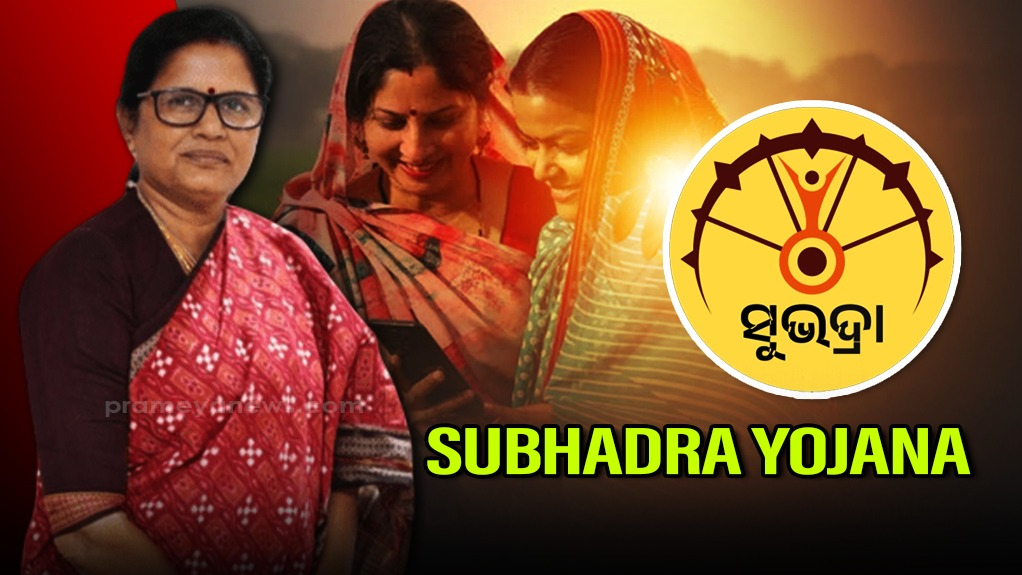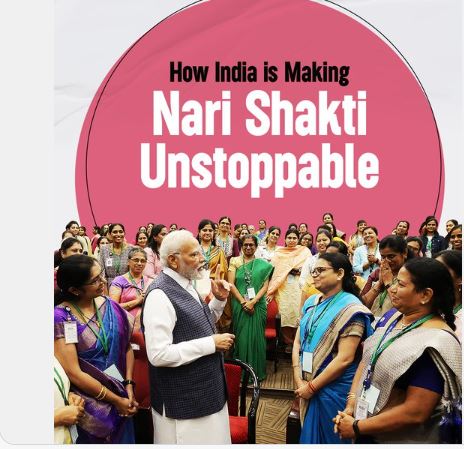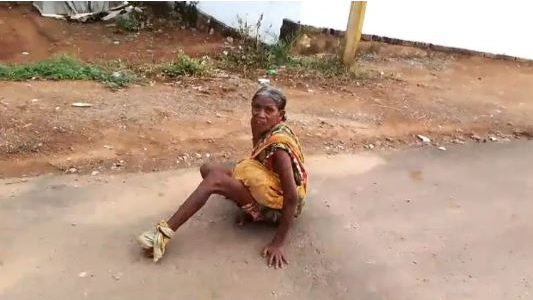Window Seat: Gandhi in Cartoons
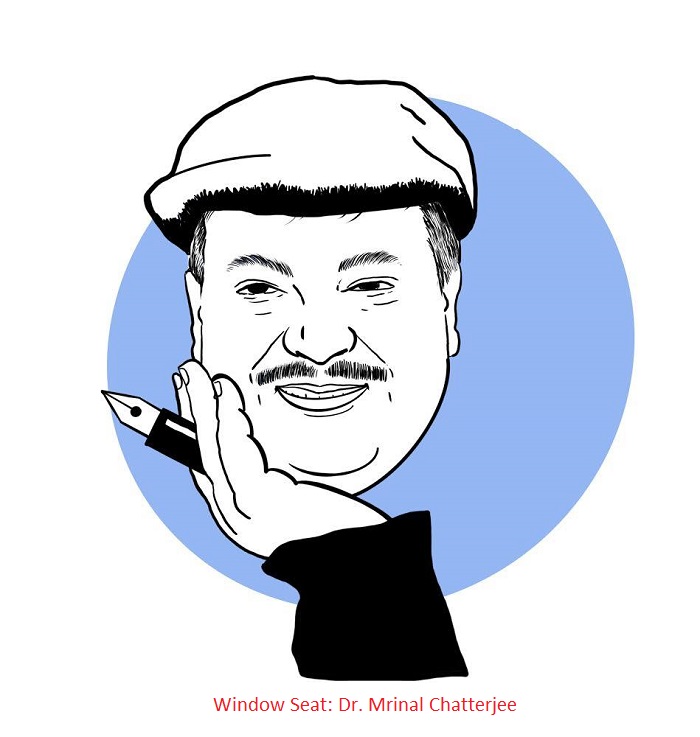
Gandhi was in public life for nearly half a century. From South Africa to India, his socio-political movements were based on three pillars: truth, justice and non-violence. He evinced extreme reactions- common people adored and at some point revered him, his followers respected him, his opponents were exasperated by his tenacity. His methods confused them. Cartoonists world over loved to draw his cartoons, primarily because he commanded that position. And he was also a fascinating subject for them- visually. With his big ears, desi attire and round spectacles – his sketches evoked a smile on the face of the grimmest of persons. Ahmedabad based Navjeevan Trust had published an anthology of cartoons on Gandhi drawn by different cartoonists across the world in different times. Published in 1970, it has 122 cartoons. It is freely available online. Check it out on the eve of the birth anniversary of Gandhi on 2 October. And here is one cartoon on Gandhi by Sir David Low (7 April 1891 – 19 September 1963), one of the finest cartoonists of the world. Interestingly the first cartoon that The Hindu published in its 144 years was drawn by David Low. It was in 1933, and the title was ‘Mr. Low and his Critics’. The first ever journalistic photograph I was searching the net for photographs on and taken during the partition of India for the book on how partition was depicted in different art forms- that I am writing with my student turned colleague Ms Bhavna Acharya. I chanced upon a fascinating piece of information. The first ever photograph to be printed alongside print news occurred on July 1st, 1848. The French weekly periodical L’Illustration published the photograph that showed Parisian streets barricaded due to a worker’s strike known as the June Days Uprising. This was a protest that took place from June 22nd to June 26th regarding worker’s rights in France. The weekly newspaper ran from July 1st to July 8th and detailed the events of the strike the week prior. The first photographs published in newspapers were taken from engravings. A photo had to be developed and then turned into the engraving so that it could be printed in with ink and paper. {"align":"center","id":215629,"sizeSlug":"full","linkDestination":"none"} Interestingly enough, L’Illustration was also the first newspaper to publish a raw photograph without the engraving as well as the first paper to publish a color photograph in 1891 and 1907 respectively. In India The Hindu published the first photo in 1897 (of Bal Gangadhar Tilak) and first news photo in 1923- of Gaya Congress. Food-joints in Kolkata Kolkata is a food-lover’s paradise. So is Lucknow, Hyderabad, Delhi, Upudi, Pondicherry, even Indore. But when it comes to variety and ‘value for money’- Kolkata wins hands down. Everybody knows that Kolkata is renowned for its fish-based dishes, to die for sweets, and roadside foods. Dishesfrom across the world are available in its original and remixed form- in fancy restaurants as well as road side eateries. This has historical reasons. The British took control of Bengal in 1757 after the Battle of Plassey and went on to rule India for close to 200 years. The French, Dutch and other Europeans had also stayed here for a considerable time. As Kolkata (Calcutta then) was the capital of India till 1912 (and then the British moved it to Delhi) and a major business destination, it attracted people from all over the world. Their food found a way to settle down here. Some of them also did the same. There is a Chinese muhalla in Kolkata till date. Kolkata attracted Nawabs and Jamindars, who loved food and loved to experiment in what is now called fusion cuisine. And thus you have Kolkata Biryani with a large piece of potato in it. It is here that sweets have been named after royalties. You have ‘ledikini’, which was named after named afterLady Charlotte Canning, wife of Lord Charls Canning, the last Governor General and first Vice Roy of India. Somehow, people called her Lord Cany and this sweet which was invented by Bhim Chandra Nag, a local Confectioner was called ‘ledikini’. While some believe it was created as a part of feast to welcome Lady Canning to Bengal in 1856, others believe that it was made for her birthday in 1858 probably at her request. There are many such fascinating storiesaround food- all over the country. Tailpiece: African Cheetah and Indian Tiger Recently arrived African Cheetah asks Indian Tiger: Bhai, where do I get good non-vegetarian food here? About the Author: Journalist turned media academician Mrinal Chatterjee lives in Dhenkanal, Odisha. He also writes fiction and plays. He can be reached at [email protected] DISCLAIMER This is the personal opinion of the author. The views expressed in this write-up have nothing to do with those of prameyanews.com
Latest News
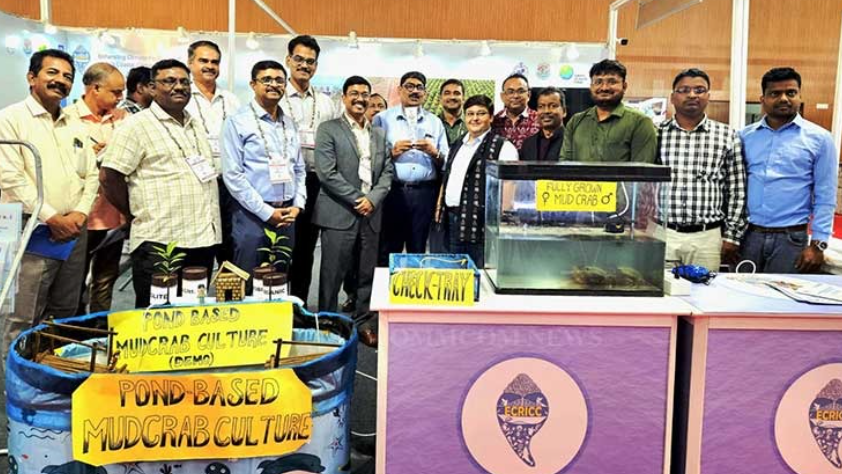
Odisha’s Climate Project wins top award at Sea...

Sitharaman, Purandeswari, Srinivasan: The Top...
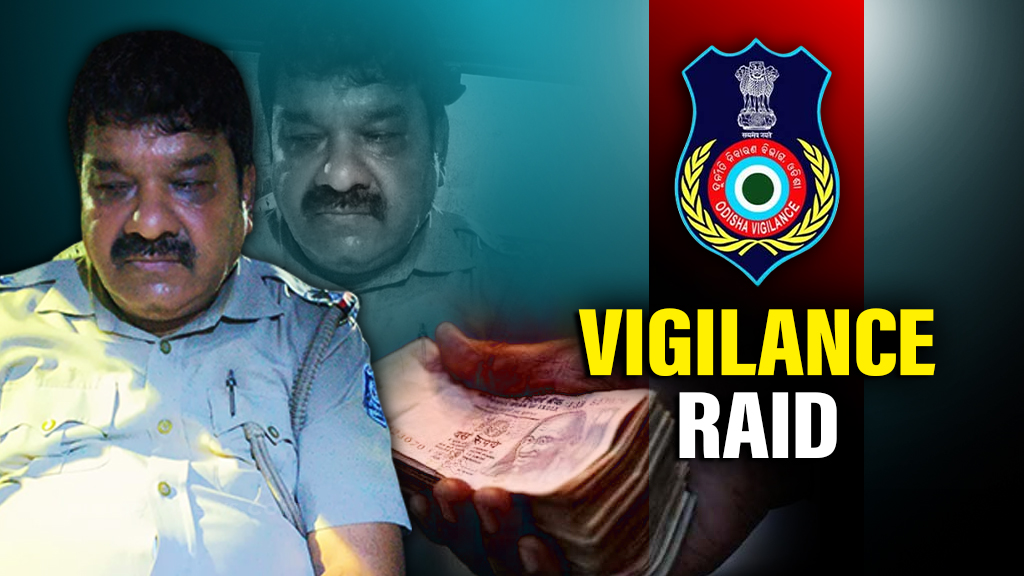
Vigilance raid: Talcher ASI caught taking brib...

Assault on BMC official: OAS officers to resum...

Air India Crash: UK Families Retain Law Firm f...
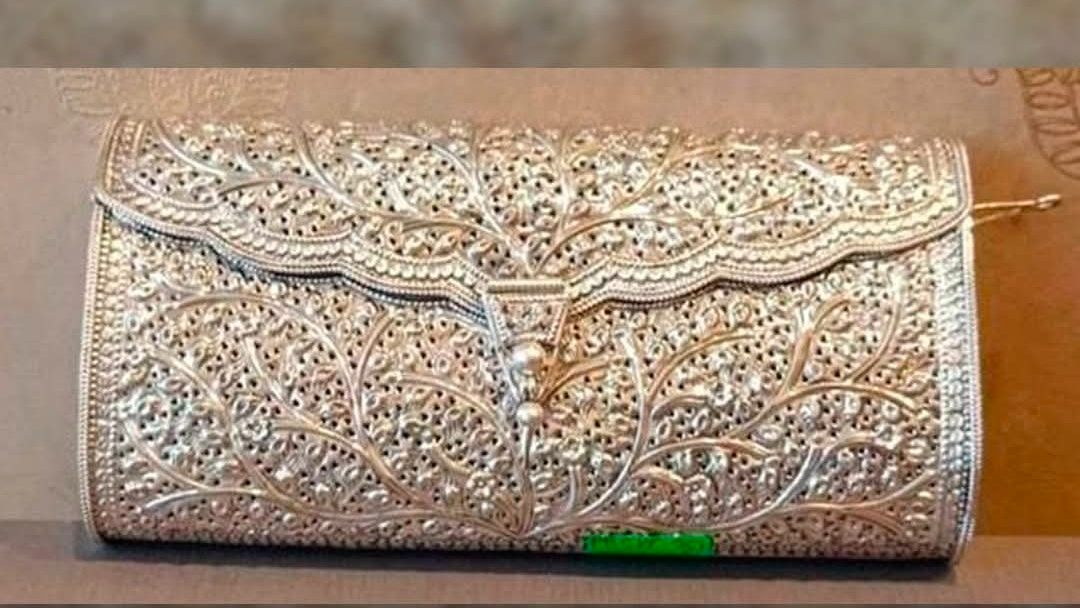
PM Modi gifts silver filigree purse to Ghana’s...
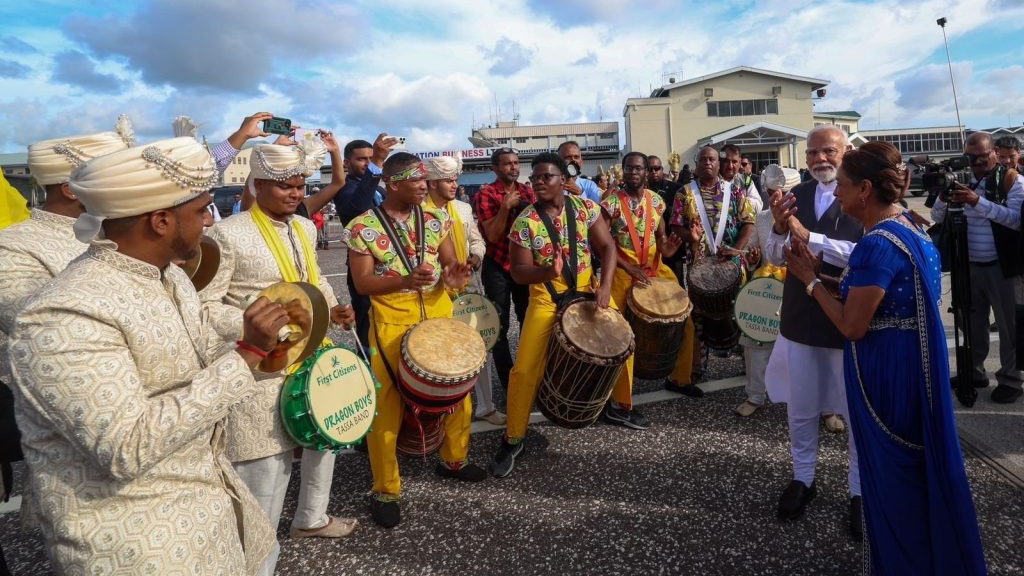
Beyond Diplomacy: PM Modi's Visit to Trinidad...
Copyright © 2024 - Summa Real Media Private Limited. All Rights Reserved.










